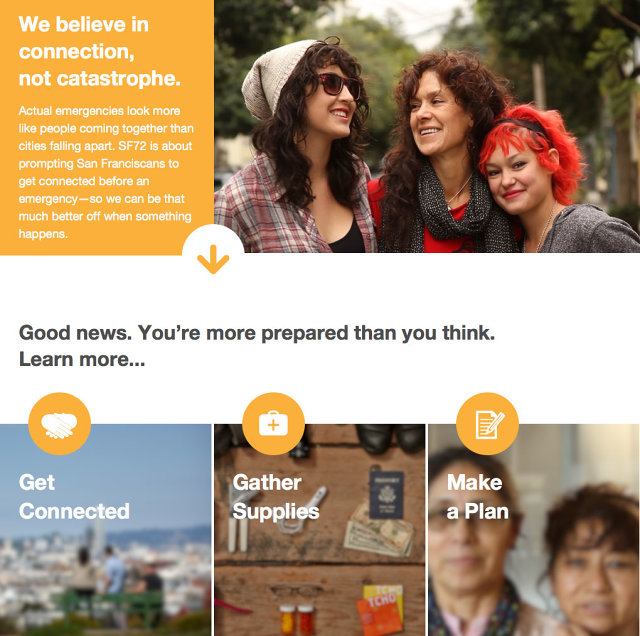GUSTO 
A Communications Tool to Improve Message Clarity and Relevance
This tool uses research-based design principles to help communicators refine and improve communications materials and messages.
Communications coordinators and specialists, marketing managers, public relations specialists, scientists, policy makers, and many others can use this tool.
Use this tool to improve the quality of science, health, environmental, and other policy or evidence-based communications materials. Some of the formats covered here include:
- web
- speeches
- scripts
- visual graphics
- social media
A version of this tool was demonstrated by the Center for Disease Control to improve message understanding by over 20%, along with other improvements in message clarity, usefulness, and decision-support.
If you or your organization would like to participate in an evaluation of this tool's effectiveness, send us a note at info@coclimate.com
- Fill in audience details and your goals using the 4 open-ended questions.
- Answer 20 questions about elements of your core message, recommended practices, use of numbers, and/or risk communication.
- Get your score with targeted suggestions for improving your communications materials.
- Repeat as needed to refine and improve the clarity and relevance of your communications materials.
Different media formats and channels are received differently depending on the audience.
- Extend the reach of your communications using multiple channels, formats, and messengers.
- Use media channels, formats, and trusted messengers that fit the audience.
- Reassess your materials for each different format or audience.
It's important to begin with a clear understanding of your audience and goals.
Use the suggestions that accompany each of the following 4 questions to get started if you don’t yet have answers.
Give the material a name that is accurate, short, and meaningful.
Example Local Health Impacts and Solutions to Keep Families Safe.

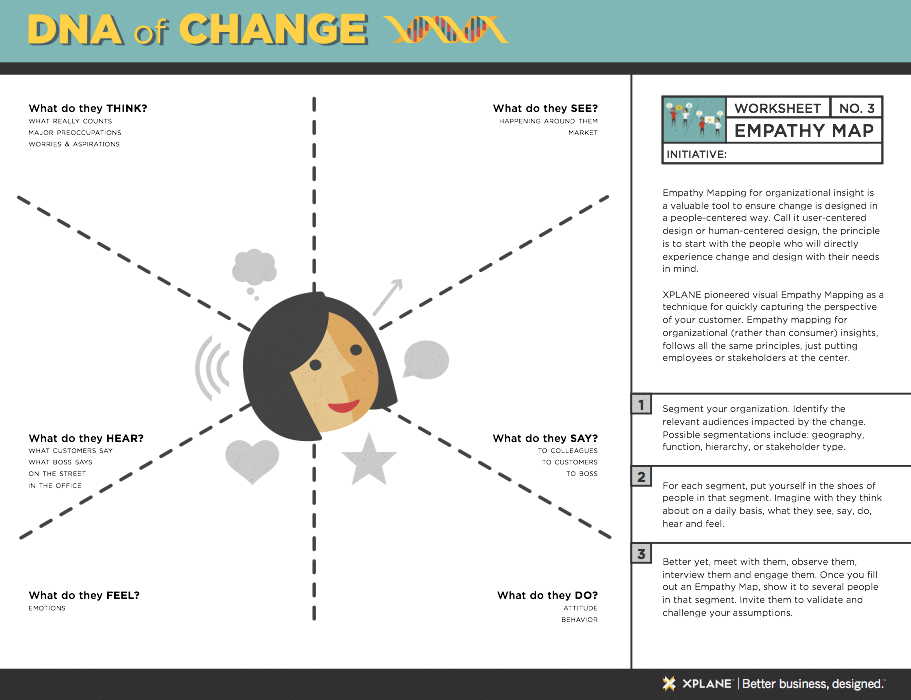
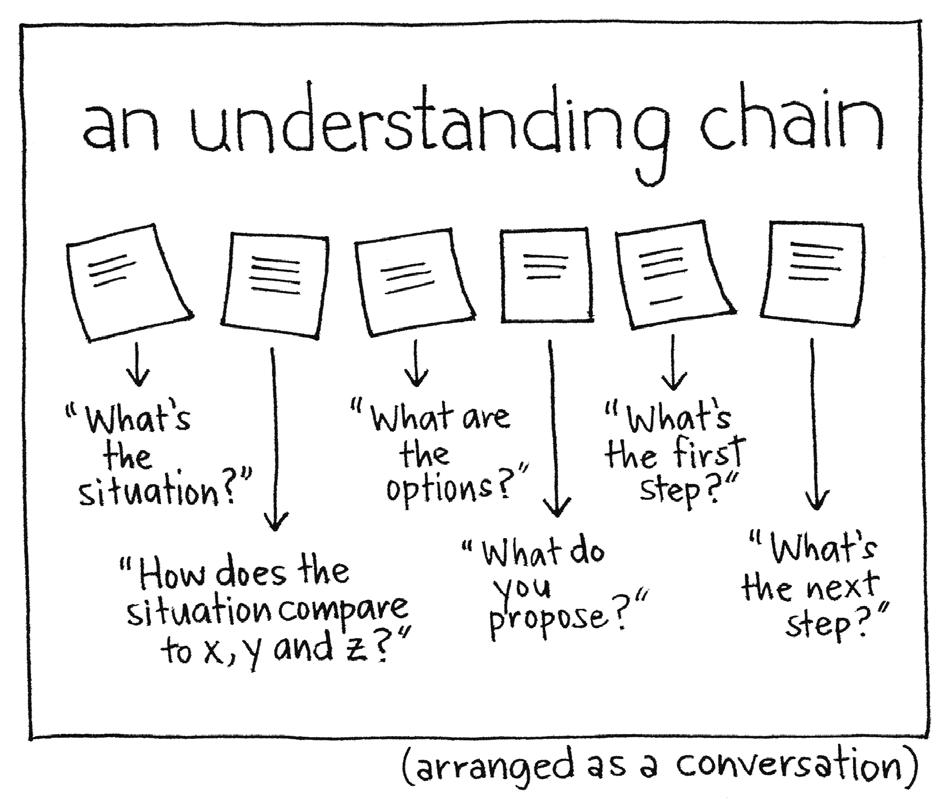
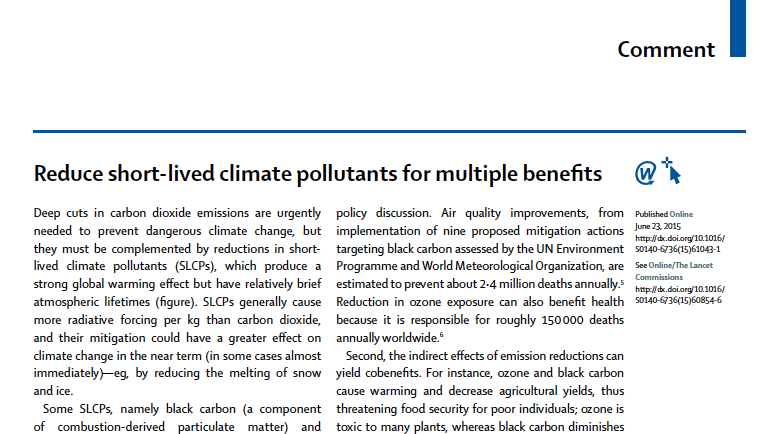
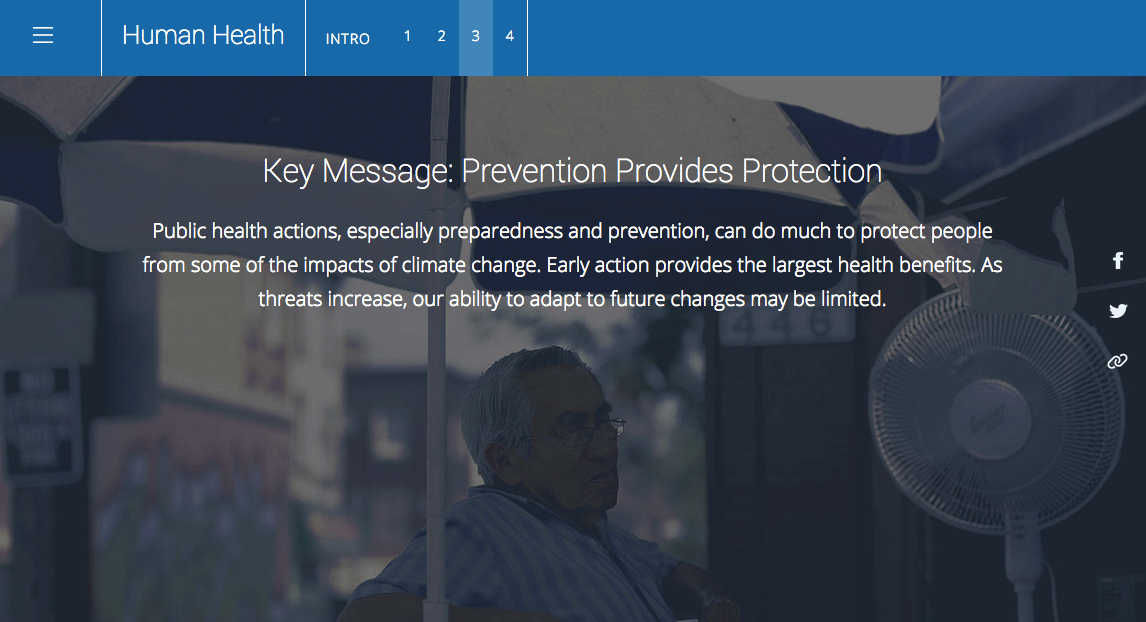 Click to Enlarge
Click to Enlarge
